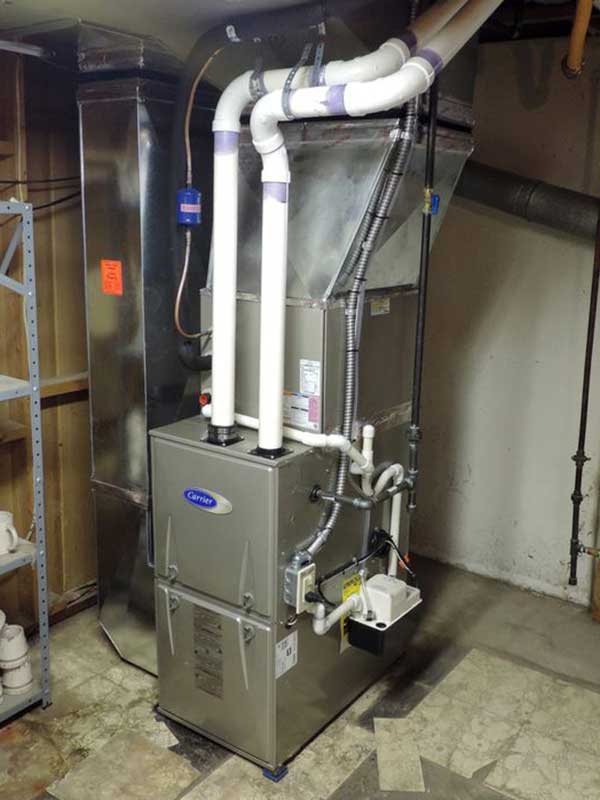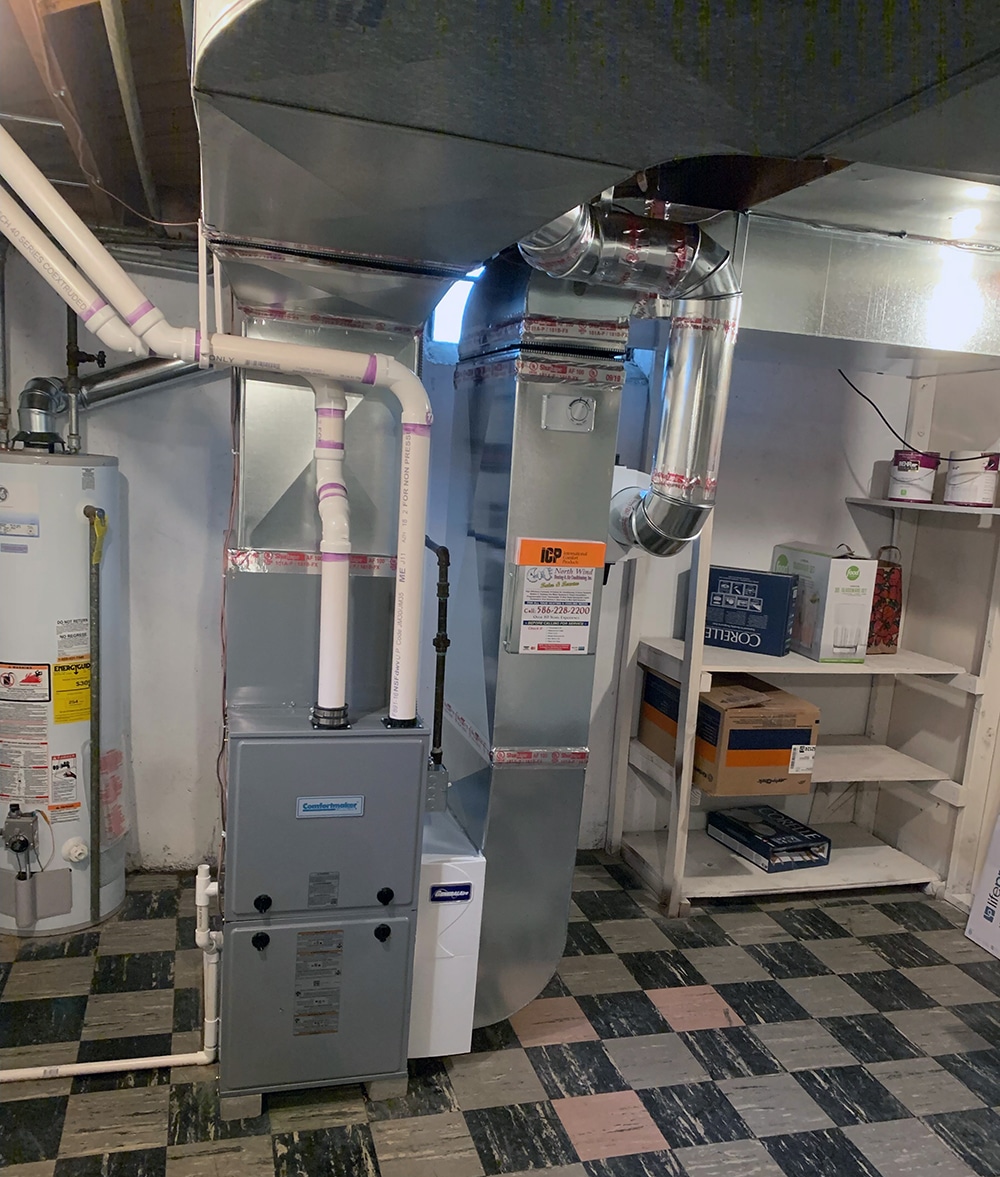The Ultimate Overview to Heater Setup for a Cozy Home
Heater setup is a crucial aspect of keeping a comfortable home environment, specifically during the colder months. As you take into consideration these aspects, the question continues to be: what steps can you take to guarantee your heating system serves you well for years to come?
Kinds Of Heating Systems

Gas heating systems are one of the most common selection because of their effectiveness and lower functional prices. They make use of gas or propane, offering fast home heating and consistent performance, making them suitable for cooler environments.
Electric heaters, while generally simpler to set up and preserve, often tend to have higher functional prices. They are often favored in areas where gas service is unavailable or for homes with existing electrical framework.
Oil heaters, though much less usual today, continue to be a viable option in certain areas. They burn heating oil, which can be advantageous during cooler months, yet their dependence on oil distribution presents prospective obstacles.
Furthermore, there are high-efficiency designs offered across these types, which can significantly lower power intake and energy costs - furnace installation. Inevitably, recognizing these heating system types will aid home owners select a system that lines up with their home heating requires, budget, and energy choices
Selecting the Right Size
Picking the proper size for a heater is vital to guaranteeing ideal efficiency and energy performance. An undersized furnace will certainly have a hard time to keep comfortable temperatures throughout the chilly months, resulting in raised deterioration, higher energy costs, and prospective system failure. Conversely, a large heater might cycle on and off as well regularly, causing inefficient heating and irregular temperature level circulation within the home.
To figure out the right furnace size, an estimation understood as the Manual J tons estimation ought to be performed. This procedure reviews various variables, including the square footage of the home, insulation degrees, window sizes, and local climate conditions. This extensive evaluation guarantees that the heater meets the specific heating demands of the area.

Setup Process Summary
In regards to products, you will certainly need ductwork, insulation, and sealing tape to guarantee optimal air movement and energy efficiency - furnace installation. It is additionally vital to have a new heating system filter available, along with airing vent materials, such as PVC pipeline or metal flue, depending on the sort of heating system being installed
Security equipment, consisting of gloves, safety glasses, and a face mask, is likewise critical to shield against dirt and debris throughout setup. Having all these tools and products readily offered not only simplifies the process yet also boosts the security and efficiency of the furnace setup.
Upkeep Tips for Durability
To make certain the longevity of your heater, it is important to apply a regular maintenance schedule that deals with vital components of the system. Begin by changing or cleaning the air filter every one to 3 months, as a clogged filter can restrict airflow and reduce performance. Additionally, check and cleanse the blower assembly to stop dirt accumulation that can hinder efficiency.
Next, inspect the thermostat setups and rectify if necessary to guarantee precise temperature level regulation. Examine the ductwork for leaks or blockages, as this can cause energy loss and uneven home heating. Regularly oil the motor and bearings according to the maker's find here referrals to reduce deterioration.
Specialist examinations should occur yearly, where a qualified service technician can examine the heater's general problem, look for gas leakages, and make sure that safety and security attributes are operating appropriately. Ultimately, take into consideration mounting a programmable thermostat to optimize energy usage and maintain consistent home temperature levels. By adopting these maintenance techniques, you can boost your heater's effectiveness, prolong its lifespan, and ultimately enjoy a comfortable and comfortable home environment.
Verdict
